Understanding Concrete Cover Blocks
Concrete cover blocks, essential components in the construction industry, serve a critical role in maintaining the integrity of reinforced concrete structures. These blocks, often overlooked, are pivotal in ensuring the durability and longevity of construction projects.
Types and Applications
Concrete cover blocks come in various shapes and sizes, catering to a diverse range of applications. They are primarily used to maintain the required distance between the rebar and the shuttering. This spacing is crucial for structural stability, preventing corrosion and ensuring that the concrete adheres to design and safety standards. Their applications span across residential, commercial, and industrial construction, highlighting their versatility in building, outdoor environments, and even in specialized structures like villas.
Design and Customization
The design flexibility of concrete cover blocks allows for customization to meet specific project requirements. Options include graphic design, total solutions for projects, and 3D model design. This adaptability ensures that they fit various architectural styles, from modern and contemporary to traditional aesthetics. The color choices, such as white, gray, and blue, further add to the aesthetic versatility of these blocks.
Material Composition and Features
Concrete cover blocks are typically made from high-strength concrete, ensuring they can withstand the pressures exerted by concrete and steel. Some variants are also made from other durable plastic materials, offering resistance to environmental factors. The robust nature of these blocks is crucial in preventing spalling and cracking, which can compromise the structural integrity of buildings.
Advantages of Using Concrete Cover Blocks
The use of concrete cover blocks in construction projects brings numerous advantages. They ensure consistent quality and uniformity in spacing, which is vital for the structural performance of reinforced concrete. Moreover, their resistance to varying weather conditions and their ability to support significant weight without deformation make them a reliable choice for builders and contractors.
Selection Criteria
Choosing the right concrete cover block involves considering the load requirements, environmental conditions, and compatibility with the concrete mix used. It is essential to select blocks that align with the specific needs of a project to ensure optimal performance and compliance with construction standards.


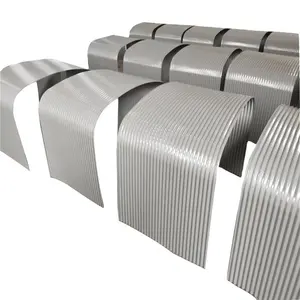

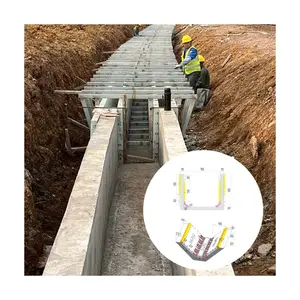

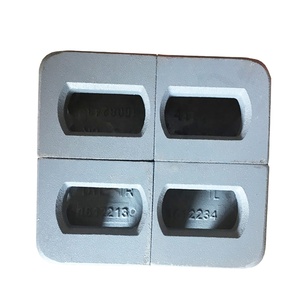


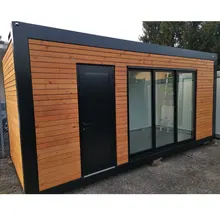







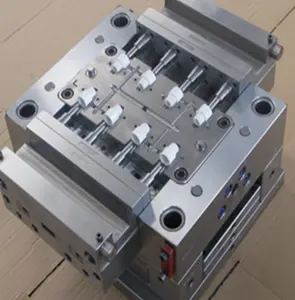
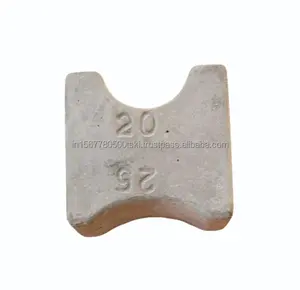
























 浙公网安备 33010002000092号
浙公网安备 33010002000092号 浙B2-20120091-4
浙B2-20120091-4